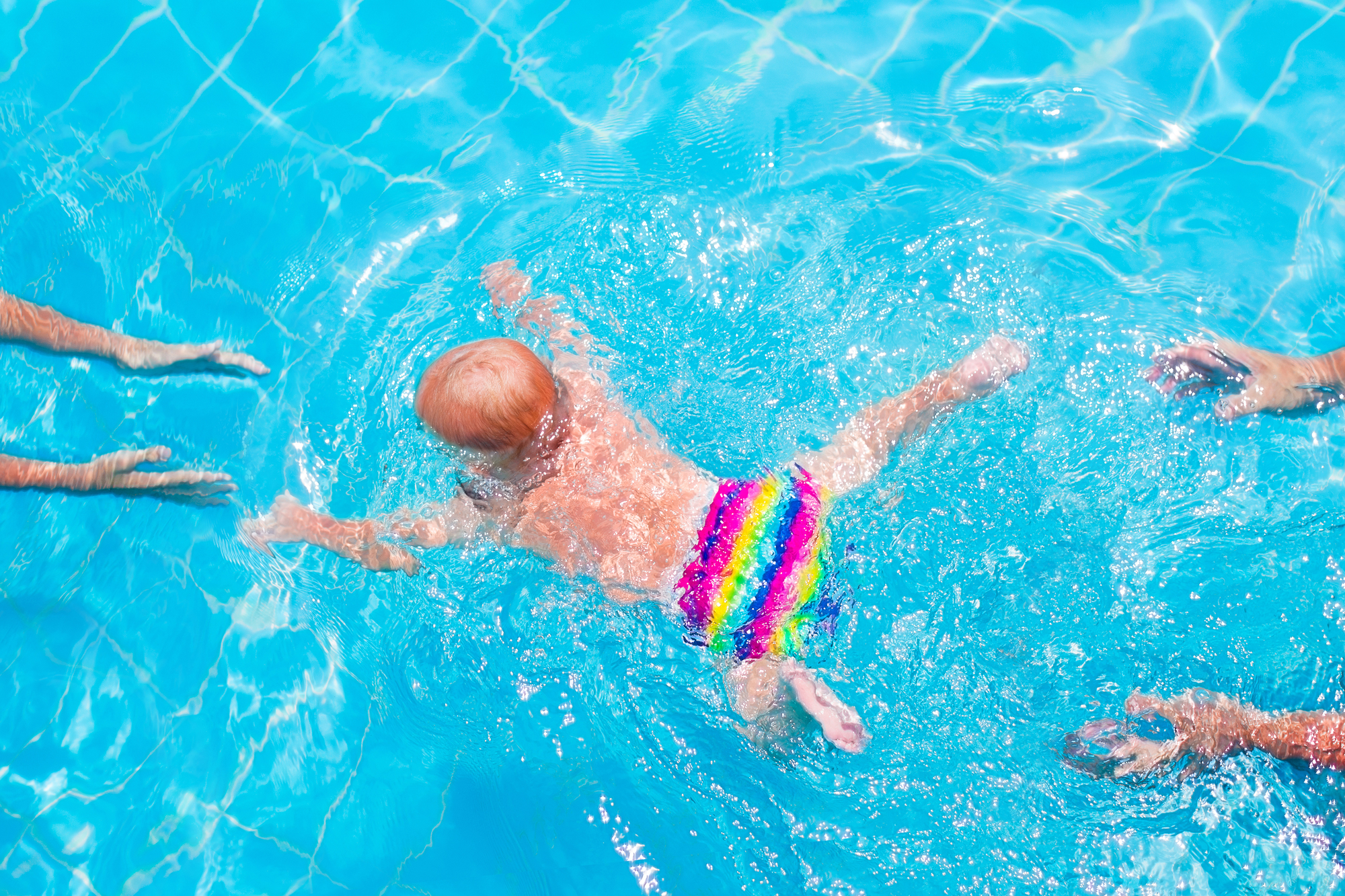Summer is almost here, which means it’s time to soak in that sunshine and enjoy every bit of that hot weather we missed during that cold winter. However, summer also comes with its own fair share of risks.
This time of year, we all want to spend our days lounging in the pool, and for kids, that means spending as much time as possible splashing around in the water. While there are so many great benefits of swimming for children, it’s also important to take strides to make sure that they are safe.
Here’s how you can allow your kids to enjoy their time by the pool during these summer months while also keeping them safe from harm.
Keep Applying Sunscreen, Repeatedly
Water isn’t the only thing that could harm your child on a day at the pool. The sun is a silent enemy, ready to hit your little one’s delicate skin with its dangerous UV rays. Sunburns are no joke and can lead to a high risk of skin cancer at any age.
SPF protection starts before you even get to the pool. Make sure you apply a waterproof, broad spectrum sunscreen to every inch of your child’s body before they put their bathing suit on. It should also be fully soaked in to their skin before they jump in the water. This should be reapplied every two hours, or any time they emerge from the water. Just because it’s water resistant doesn’t mean it hasn’t been washed off.
Put Them in Swimming Lessons
Of course, the biggest risk on a pool day for any child is drowning. One of the best ways to reduce this risk is to make sure that your child knows how to swim and has taken swimming lessons. In fact, swimming lessons can reduce the risk of drowning in children ages one to four by up to 88%.
Many parents don’t put their kids in swimming lessons until they are older because they don’t think that it’s safe for young children to swim. However, you should get your child into swimming lessons as early as possible, even as an infant. Many local swimming pools offer parent-child swimming lessons as well as toddler swimming lessons. Making this choice could mean the difference between enjoying a sunny day or spending it in the emergency room.
Learn the Warning Signs
Even though kids who have taken swimming lessons have a lower chance of drowning, accidents still happen, and all parents should make sure they know the warning signs. Generally, these warning signs include tilting their head upward as they bob for air and suddenly becoming quiet. A child drowning could easily be mistaken for a kid simply splashing around, because they are focusing on breathing and not shouting for help.
The most important line of defence from a parent is to actually get in the water and swim with your kids. But if you don’t feel like doing that, always make sure that you are closely watching them and you are ready to step in if an emergency happens. A child could drown in as little as 15 seconds.
Make Sure They’re Hydrated
When you’re in the water of the pool all day, it’s easy to forget that you actually need to keep drinking it, too. Even though you don’t feel it because you’re wet, you are still sweating and soaking in the sun, which means it’s easy to become dehydrated. Swimming also uses up a lot of energy, which needs to be accounted for in our fluid intake. Make sure your kids keep drinking water in and out of the pool, even if they claim they aren’t thirsty.




